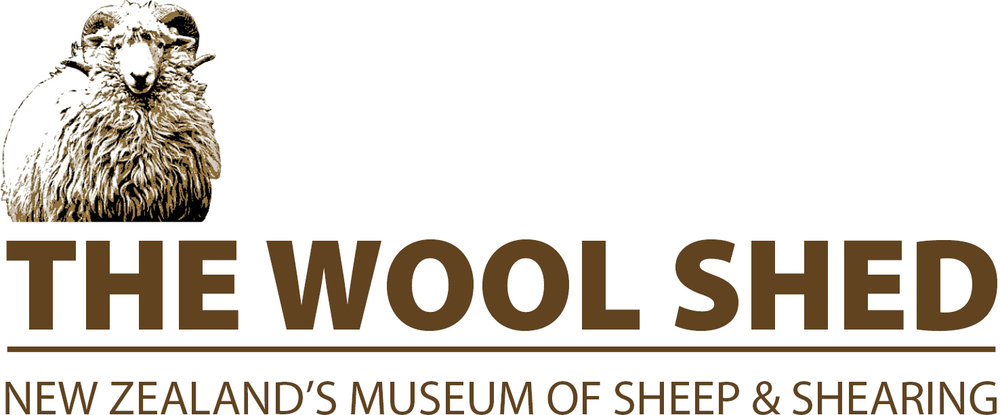STEWART-WESTON GALLERY
Old wool presses, stencils, sheep handling gear, platform scales.
Drover’s gig, with bushman’s hut in background.
Press buttons to explore the digestive system.
The Stewart-Weston Gallery, looking towards the traction engine exhibition, bushman’s hut and historic wool presses.
The shearers’ kitchen porch.
Stairs to the mezzanine gallery, showing some of the vintage photographic sheep industry murals produced by the Romney Association in 1984. More of these murals are on the mezzanine floor. The mezzanine gallery also has displays of sheep anatomy, meat cuts, the structure of wool fibres, the sheep digestive system and, for kids, there’s even a sheep skeleton jigsaw puzzle with real bones.
The purpose-built Stewart-Weston Gallery opened in 2018. Exhibits include a bushman’s hut recovered from the Tikitapu property a little north of where our sheds came from. The rough hut would have been used by men who felled the bush, sowed grass and erected farm fences, then shepherded the sheep. It dates to about 1890. The shed is a now a listening booth for interviews of past Golden Shears Open winners.
One eye-catching exhibit is a working steam roller on loan from the Masterton District Council. Though never on farms, steam rollers were identical, behind the front axle, to the traction engines that were a common rural sight between the 1880s and 1930s. Accompanying it is an extensive photo and text display of traction engines at work.
Also in the hall are exhibits of farm machinery including portable shearing systems, stationary engines, wool presses, old bale stencils, stock handling gear and stock health equipment. There’s a cookhouse from the 1930s. Upstairs, on a mezzanine floor, is detailed information about sheep, sheep breeds, meat and wool products.







